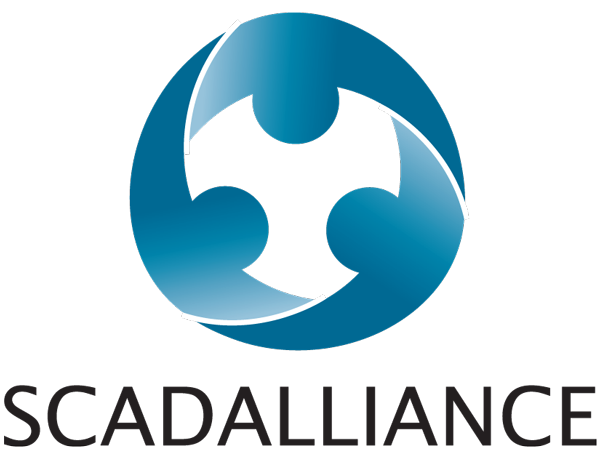What is the IP rating?
What is the IP rating?
DEFINITION
The protection index is a standard defined by international standards (IEC 520, DIN 40050, BS 5490) and relates to products waterproofing.
This IP protection index is intended to classify electrical equipment according to the level of protection it offers against the intrusion of foreign bodies, whether solid or liquid.
The indicators of the IP standard are in the form of the 2 letters IP followed by 2 numbers. The degree of protection must be read digit by digit and not globally.
The first of the two numbers indicates the level of protection against the penetration of solid foreign bodies and contacts:
- IP0x - No protection
- IP1x - Protected against solid bodies larger than 50 mm (e.g., back of the hand)
- IP2x - Protected against solid bodies larger than 12 mm (e.g., finger)
- IP3x - Protected against solid bodies larger than 2.5 mm (e.g., tools, screwdrivers)
- IP4x - Protected against solid bodies larger than 1 mm (e.g., fine tools, nails, paper clips)
- IP5x - Dust-protected (small quantities, no harmful deposits)
- IP6x - Fully dust protected inside the product.
The second digit indicates the level of protection against liquid penetration:
- IPx0 - No protection
- IPx1 - Protected against vertical drop drops
- IPx2 - Protected against falling water droplets up to 15 degrees from vertical
- IPx3 - Protected against rainfall up to 60 degrees from vertical
- IPx4 - Protected against water splashes from all directions (splashes)
- IPx5 - Protected against water jets from all directions at the lance (12.5 mm nozzle at 12.5 l/min)
- IPx6 - Protected against water jets from all directions at the lance (22.5 mm nozzle at 100 l/min). Also used for protection against sea packets (waves)
- IPx7 - Protected against the effects of temporary immersion (30 minutes to 1 hour), at shallow depths (up to 1 meter)
- IPx8 - Submersible equipment under conditions specified and guaranteed by the manufacturer: prolonged immersion (more than 1 hour, usually 24 hours), to a depth of at least 1 meter
- IPx9 - Equipment submersible under specified conditions and protected against high pressure cleaning
EXAMPLES
- Case of instruments used on water networks (flowmeters, recorders, etc.)
The vast majority of these types of equipment are certified to IP67 or IP68. In both cases, the products are totally protected against dust penetration (IP6x). However, IP68 certified products differ from IP67 products in that they are more resistant to the risk of submersion by allowing them to be submerged under a greater depth of water and for a longer period of time.
- Case of control panels
Control panels or electrical cabinets installed outdoors often offer IP54 or IP55 protection.
In both cases the panels are protected against contact and dust penetration, but they should not be exposed to dust for too long (IP5x).
IP54 panels can withstand water splashes in all directions, but unlike IP55 panels they are not suitable for use where there is a risk of water jets (e.g., cleaning hoses).
EQUIVALENCES BETWEEN IP AND NEMA/UL/CSA STANDARDS
There are no formal equivalences between the NEMA indices, used primarily in the United States and Canada, and the IP indices generally used in other countries.
One of the reasons for this is that the IP rating is primarily concerned with the tightness of products, while the NEMA rating also covers corrosion resistance and use in explosive atmospheres.
The table below is therefore given for information purposes only; it nevertheless gives a basic equivalence that is fairly well recognized by most companies:
| NEMA | 1 | 2 | 3 | 3R | 3S | 4 | 4X | 5 | 6 | 6P | 12/12K | 13 |
|---|---|---|---|---|---|---|---|---|---|---|---|---|
| IP | 10 | 11 | 54 | 14 | 54 | 66 | 66 | 52 | 67 | 68 | 52 | 54 |


